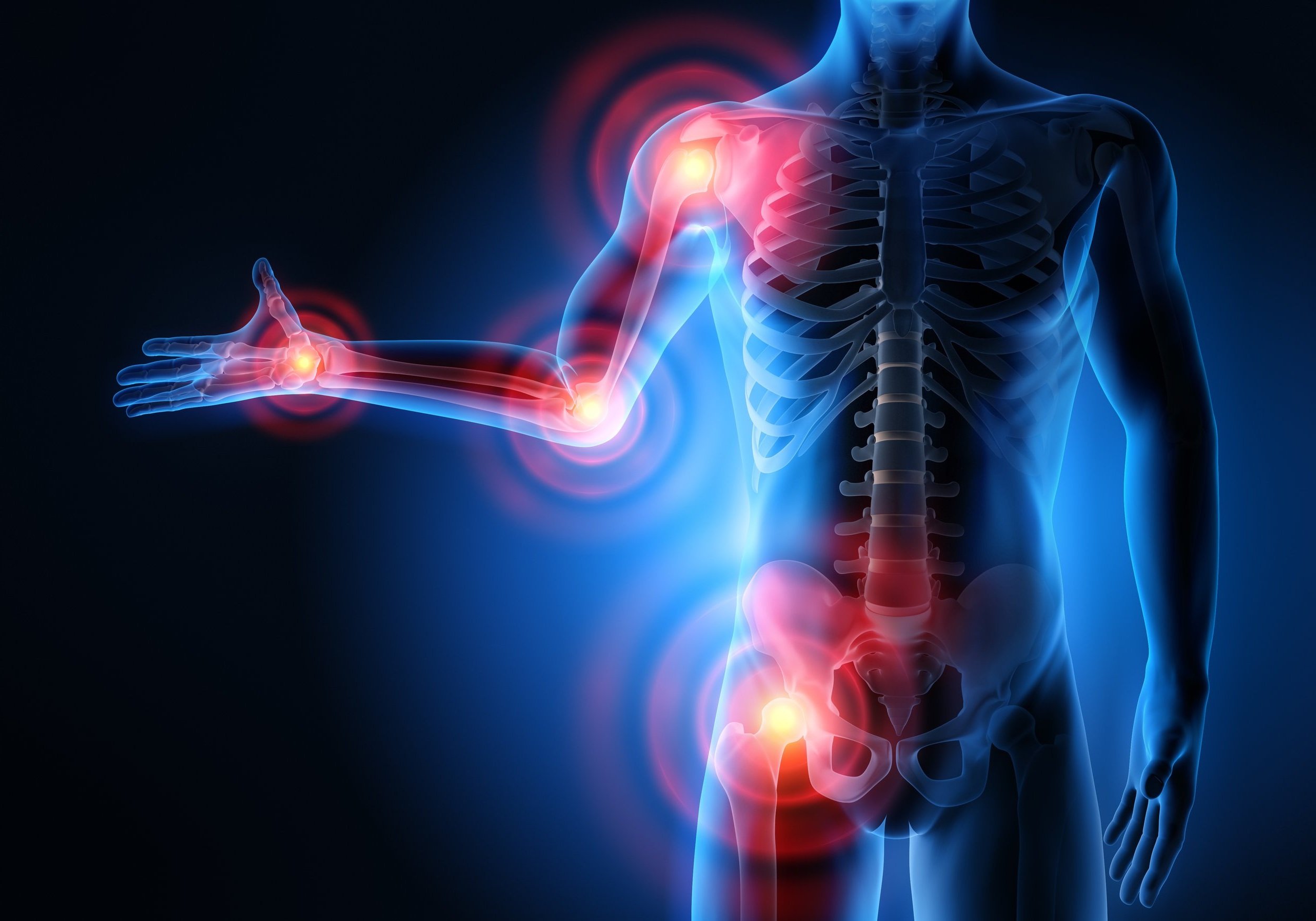
About Physiotherapy
Empowering you to best care for your physicality; to keep you moving and doing what you love!
Physiotherapists are Masters's-level trained primary health care professionals with a significant role in the health promotion and treatment of injury and disease. They combine their in-depth knowledge of the body and how it works with specialized hands-on clinical skills. Physiotherapists assess, diagnose, manage and treat disorders and injuries of the musculoskeletal system including rehabilitation after orthopaedic surgery. We are trained in the treatment of post-operative orthopaedic procedures, fractures, acute sports injuries, arthritis, sprains, strains, back and neck pain, spinal conditions, neurological conditions and so on.
After we evaluate you, we will determine the most effective physiotherapy treatment which may include some of the treatments explained below. We will instruct you in appropriate exercises and educate you in activity modifications and ergonomics to help restore muscle strength, range of motion, and enable you to return to your active lifestyle.
How do certain treatments work?
Ultrasound provides a deep heat to increase blood flow and make the cell wall more permeable which allows improved ion exchange across the cell membrane. The warmth generated by ultrasound can help relax muscles and ease pain.
Electrical Stimulation includes transcutaneous electrical stimulation (TENS) which is used to decrease pain, high voltage galvanic (HVG) which can be effective for decreasing swelling and pain, and neuromuscular stimulation (NMES) which helps with muscle retraining. We also have TENS units available for purchase.
Manual Therapy includes hands-on therapy such as joint mobilizations, muscle energy technique, passive stretching, soft-tissue massage, trigger point therapy, postural correction, and gait and balance retraining.
Traction is utilized by physiotherapists to help decrease back and neck pain, and pain radiating into a leg or arm. Traction can relieve pressure on spinal nerve roots due to degenerative disc disease, herniated discs, or spinal stenosis. Lumbar traction is sometimes called spinal decompression therapy.
Heat via a hot water bottle, magic bag, or heating pad works well, just be sure that is not too hot to avoid burns. Use it for 15-20 minutes to relax muscles and to relieve pain.
Cold via a bag of ice or frozen peas can be used as a cold pack. Wrap in a moistened towel and apply to the affected area for 10 - 15 minutes.
Exercise can be an important part of your rehabilitation. We will focus on functional therapeutic exercises according to your needs which we will have determined upon assessment. Generally, therapeutic exercises are designed to increase movement and strength and decrease pain. Some exercises may include a range of motion, strengthening under-utilized muscles, postural correction and rebalancing, breathing techniques and preventative approaches to at risks joints. All with patient-centred goals as the driving motivator.
